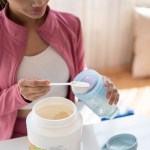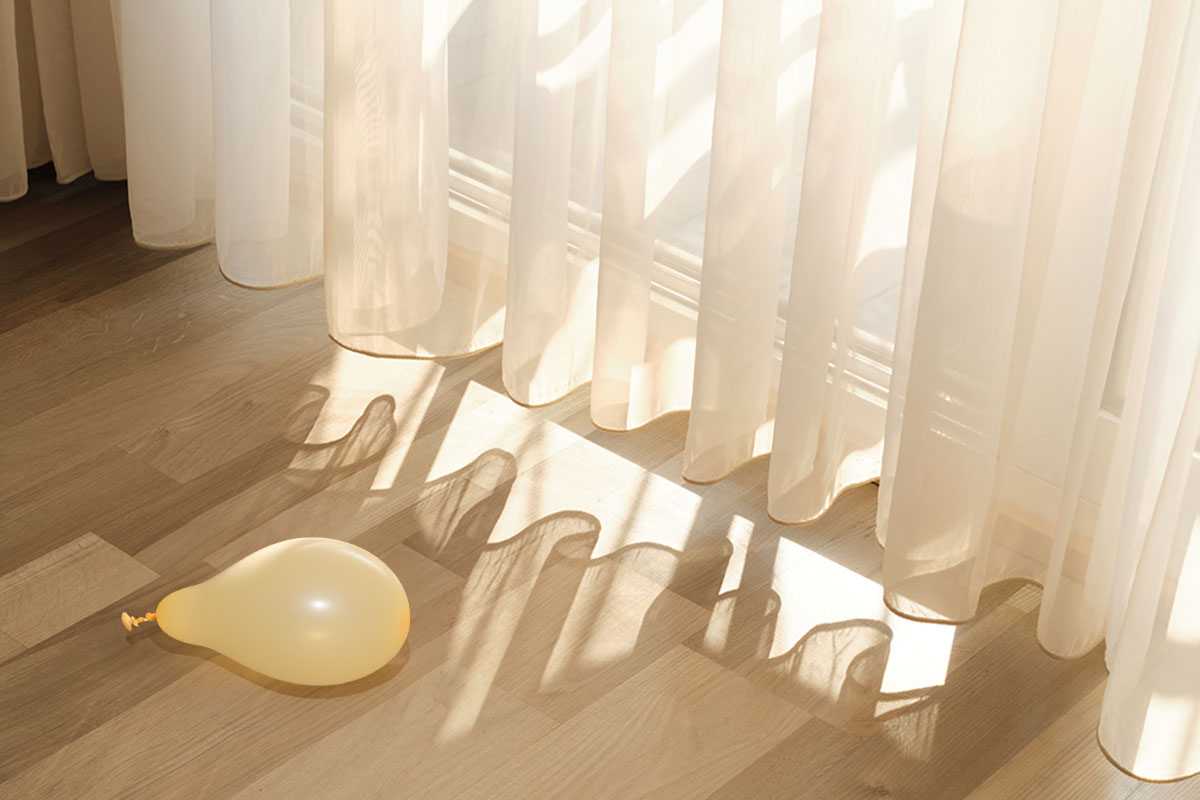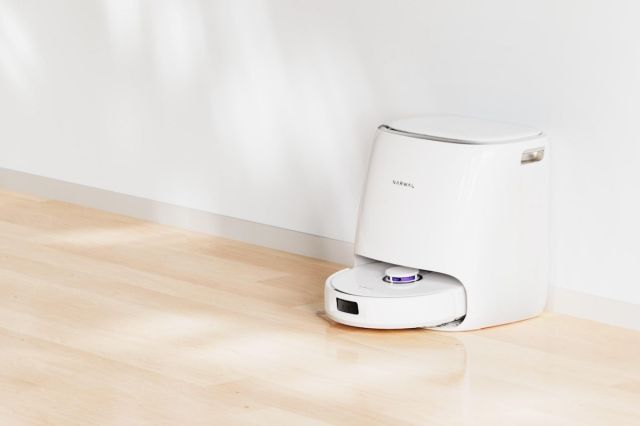All featured products and deals are selected independently and objectively by the author. Better Report may receive a share of sales via affiliate links in content.
Our homes are full of items that need regular cleaning outside of the standard sweeping, mopping, and dusting. I have a routine, and each time, I do it the same way, without much thought on how I’m actually cleaning these odds and ends. But just because something is routine doesn’t mean it’s right. I was surprised to learn that there are quite a few everyday household items that I’ve been cleaning wrong for a long time. In case you’re the same, here are some of those items, plus a few things we should simply be cleaning more often in general!
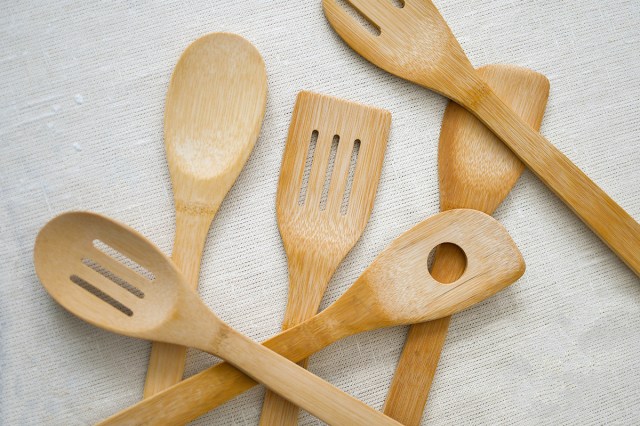
Wooden Utensils
I love using wooden utensils for cooking and baking. In fact, I just splurged on this teak set. They feel upscale and look classy in my kitchen. They also cover every cooking task I need and are sturdy and long-lasting.
However, wooden utensils shouldn’t go in the dishwasher, as it can cause warping and cracking. They also shouldn’t be left to sit in water for extended periods of time. Instead, hand-wash them and set aside to thoroughly dry.
Cast Iron Pans
You’ve probably heard that cast iron can’t be cleaned with soap, but that’s not the case. Cast iron-restorer Ashley L. Jones says you can use a mild dish soap and a natural bristle brush to wash your cast iron pan when you need to — the outdated advice comes from a time when soap had lye. Don’t saturate it in soap, but a few drops of today’s formulas should be fine. Dry the pan, then put it on the stove over low heat. Add a teaspoon of vegetable oil, and spread it around to season the pan.
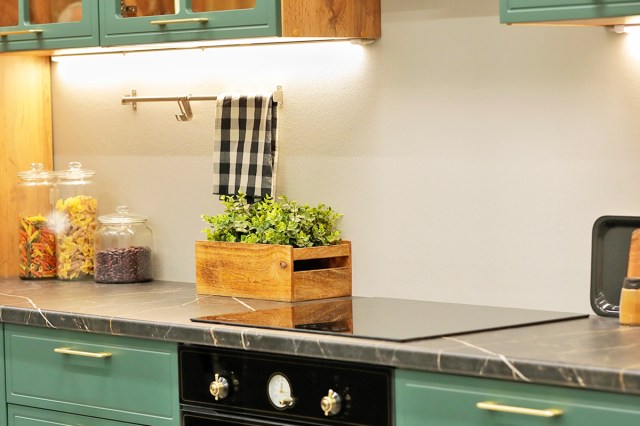
Laminate Countertops
To clean laminate countertops, use a soft cloth or sponge, warm water, and dish soap. Wipe counters down, then wipe them again with clean water to get rid of the soap and dry with a clean towel. Do not use abrasive scrubbing pads because they can scratch or dull the surface of the countertops.
To cut through greasy buildup, mix equal parts vinegar and water in a spray bottle. Spray the counters, then wipe with a soft cloth.
Reading Glasses
I’ll confess to wiping my glasses clean with whatever I find at hand, including the edge of my shirt or part of a blanket. But it doesn’t ever really do a good job, and you can end up with scratched lenses, depending on what you’re grabbing, like paper towels. To clean glasses, spray them with lens spray and wipe clean with a microfiber cloth. Many glasses even come with their own cloth, so it’s important to keep that on hand so you won’t be tempted to use something else.
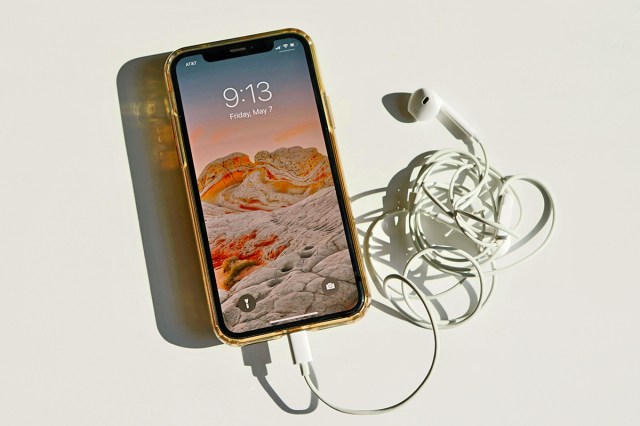
Phone Screens
It might seem like spraying glass cleaners or other products on your phone to wipe the screen makes sense. But most smartphones now have a special coating that repels oil, especially oil from fingertips and you don’t want to remove that protective coating. Instead, to clean your phone screen, wipe it with a soft, slightly damp cloth like a lens cloth. If you need to disinfect it, use a 70% isopropyl or 75% ethyl alcohol wipe or a Clorox disinfecting wipe. Don’t use any products with bleach or hydrogen peroxide. Be sure you don’t get any moisture in the openings, and don’t use compressed air on them.
Hearing Aids
The biggest challenge with keeping hearing aids clean and working efficiently is moisture. Most hearing aid sets come with a special brush for cleaning. You’ll also want a dry box to dry and sanitize them overnight, especially if you live in a humid environment. Clean your hearing aids using the included set once a day to keep them working well. You’ll also want to replace wax filters every three to four weeks.
Reader Favorites

Cane Tips and Walker Legs
Just like the bottoms of your shoes, the tips of canes and ends of walkers pick up dirt and debris as you walk around. That debris can reduce the grip and make canes and walkers more slippery. Cleaning the ends is also a good time to check for wear and tear. If any of the caps are ripped or have lost traction, replace them.
Begin by removing dirt, leaves, small stones, and other debris by hand. Then, dip a cloth into soapy water and wash the ends. Scrub any problem areas. You can even use a toothbrush to loosen stubborn dirt. Rinse the soapy water and dry the ends before using. You can also use a disinfectant cloth to sanitize.
Reusable Straws
It’s easy to throw straws in the dishwasher, but they can accumulate buildup inside that requires a more thorough cleaning. Some straws are also not suited for the dishwasher at all. In these cases, use a straw cleaning brush. To start, run warm water through the straw right after using it, especially if you’ve been sipping thick liquids like smoothies or shakes. This keeps buildup from developing and makes them easier to clean. Put a drop of dish soap on the brush, and scrub the inside. Wash the outside of the straw with soap and warm water, and thoroughly rinse. Stand the straw upright in a cup or dish rack to dry so water doesn’t collect inside.

Medical Alert Devices and Jewelry
Wash stainless steel, silicone, or plastic medical alert jewelry with a mild soap and water. Rinse and wipe it dry.
For sterling silver and gold jewelry, use a very mild soap and water. Soak your jewelry, gently scrub any engravings with a soft-bristle toothbrush, and rinse under cool water. Dry the jewelry thoroughly with a soft cloth or microfiber towel. Silver jewelry can also be treated with a silver polishing cloth to keep it shiny and remove any tarnish. Do not use harsh chemicals like bleach or ammonia, since those can damage the silver or other precious metals.
Battery Contacts
Electronic devices that use batteries, like remotes and handheld gaming sets, may need cleaning at the point where those batteries connect with the device. Over time, battery terminals can corrode, and you might see a white, crusty, or greenish residue. Corroded contacts may keep your device from working properly.
Make sure the device is turned off and remove the batteries. Dab a cotton swab in white vinegar or lemon juice and swipe it on the corroded area. Let it sit for a few minutes, then scrub the area with a dry toothbrush or cotton swab. Wipe everything clean with a cloth. Make sure the device is completely dry before inserting new batteries.

TV and Computer Screens
As with smartphones, you shouldn’t use glass cleaner or other harsh chemicals like alcohol or ammonia to clean your TV or computer. To clean your screen, first turn off and unplug your device. Wipe the screen carefully with a soft microfiber cloth that won’t scratch. If there are stubborn spots or marks, lightly dampen the cloth with distilled water and wipe it gently. Dry with a different microfiber cloth.
Stuff We Should All Clean More Often
Along with not cleaning things properly, there are several things I forget to clean altogether. Here are some things that should be cleaned regularly.

Reusable Grocery Bags
Wash your reusable grocery bags once a week to get rid of any bacteria and dirt. Toss cloth grocery bags, like these adorable animal totes, right in the washing machine to keep them clean.
Coffee Makers
You should regularly descale your coffee maker to prevent mold and mineral buildup. You can buy descaler solutions, or use vinegar and water. Empty your coffee maker and fill the reservoir with a 50/50 mix of white vinegar and water. Start a brewing cycle and let it run halfway. Pause it and let the solution soak for 30 to 60 minutes. Finish the cycle and then run two or three full cycles with fresh water. Wipe everything down at the end.
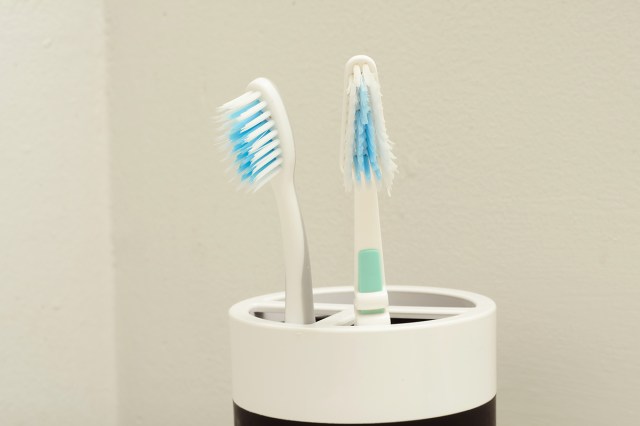
Toothbrush Holders
I often forget to clean my toothbrush holder, but they quickly collect excess toothpaste and are full of bacteria. How you clean your toothbrush holder will depend on the materials it’s made of, but many can either run through the dishwasher or be washed with soap and water.
Hairbrushes
You might regularly pull the hair out of hairbrushes, but they also need washing from time to time. If your brush is plastic or rubber, soak it in a bowl of soapy water to remove any oil and debris. Use an old toothbrush to scrub the base and bristles. Rinse and let it air dry. If your brush has a wooden handle or natural bristles, don’t soak it. Instead, wipe it with a cloth damp with soapy water. Use an old toothbrush to get into the tight spaces. Wipe it down with a clean cloth and air dry.

Pet Bowls
We wash our own dishes every time we use them, but we don’t always do that for our pets! We should wash pet bowls every day to prevent bacteria and germs from old food and pet saliva. Keep an extra set around so you always have clean bowls on hand, even if you can’t get scrubbing right away.
Featured Image Credit: Volodymyr/ Adobe Stock
More From Our Network
Better Report is part of Inbox Studio, which publishes content that uplifts, informs, and inspires.




